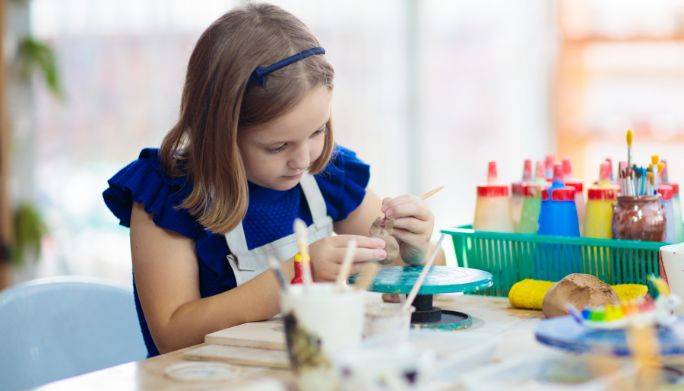It can be frightening and overwhelming to discover that your child may need more support than you are able to provide. It is possible to feel a bit shocked when your child develops a mental illness. It can be tempting to blame yourself and wonder what you could do differently, but the truth is no one is to blame.
As with any medical diagnosis you will need to choose the therapy that will make the most of your child’s life. There are so many options for therapy, so how can you choose the right one for your child? Continue reading to learn why therapy is so important for children and teens and what kinds of therapy are available. Also, how can you find the right therapist and how to help your child.
These are some of the most popular types of therapy for teens and children:
Applied Behavior Analysis
An applied behavior analysis is a thorough assessment of the effects of a child’s behavior. This approach can be used for many issues and age groups, but it is especially useful when early intervention is needed for children with autism spectrum disorder.
The therapist can help a child who is yelling at loud noises because they are bothered. The loud noise is the antecedent in this instance. You can help your child succeed by providing them with ear protection, such as noise-canceling headphones. You can also teach them how to request a break and praise them verbally when they do.
This therapy teaches children how to react in real-life situations. The therapist may offer strategies to improve communication, self-management, cognition, and other areas. They can help children younger than 5 learn to communicate their feelings.
Art Therapy
Art therapy is a creative way to express yourself and work through problems. The therapists help children use their art to gain insight and improve their coping skills.
Art therapy allows them to express themselves through art and helps them process their emotions.
Children can find it difficult to communicate what they feel or think. Art therapy allows them to express their feelings through art. It also helps them organize their thoughts, process their emotions and create a sense of belonging.
Art therapy makes the experience more concrete. They learn to see the world and modify their behavior accordingly.
Therapists often turn to art therapy for kids who lack the communication skills to speak their mind. Art therapy can provide a way for children to express themselves and also help them identify and name their emotions.
Cognitive Behavior Therapy (CBT)
This type of therapy is a popular choice for children with anxiety and depression. Therapy teaches children how to identify and understand their thoughts and how they contribute. They also learn how to alter their thought patterns to improve their thinking and behavior.
CBT can be used in almost all situations because it is evidence-based and more structured than talk therapy. They are assigned activities and tasks that they can return to and discuss. This gives them the opportunity to discuss specific issues and decide what they should do.
Family Therapy
Family therapy is, as the name suggests, a treatment that involves all members of the family. This type of therapy is typically used to help the therapist learn more from the family members about the child and also to teach the family how they can support the child’s recovery.
Family therapy is a helpful tool when members of the family are not getting along or disagree with each other. It can also be helpful for teens and children with behavior problems. Family therapy can help family members improve their communication skills and problem-solving skills.
Play Therapy
Play therapy is a time when a therapist observes the child to gain insight into their struggles and issues. The therapist can also help children deal with trauma or unresolved problems. This therapy is frequently used when children are unable to express their feelings or communicate their concerns to their parents and therapist.
The therapist will enter the child’s world through play therapy. The therapist can help children understand and decode what they are doing.
This type of therapy teaches children new coping skills. They may also learn to redirect their inappropriate behavior and understand the issues they face. Play Therapy International estimates that 71% of children who are referred to play therapy see positive changes.
Relaxation Techniques
This therapy can be used in combination with other therapies. It usually includes deep breathing, mindfulness and muscle relaxation. TIPP stands for temperature intensity, paced breathing and paired muscle relaxation.
TIPP skills help children manage their emotions and deal with difficult situations. These skills are taught to children when they experience intense emotions. These skills allow them to calm down and then they can use other coping methods.
These are the techniques we recommend to our pediatricians. These techniques are useful for children with anxiety, stress, insomnia and trauma, as well as for kids with anger or other mental disorders.
Finding the right therapist in our area
Most often, their healthcare provider refers parents or caregivers to a specific therapist. They might also be provided with a list of possible mental health professionals. It doesn’t matter how you find names of potential therapists. It is important to do some research.
This initial research will save you time and help narrow down your list of potential therapists. This increases your chances of finding a good match for you and your family.
Schedule a consultation with our specialists in our area today! For more information on our services, visit our home page and learn about our physical therapy offerings.


